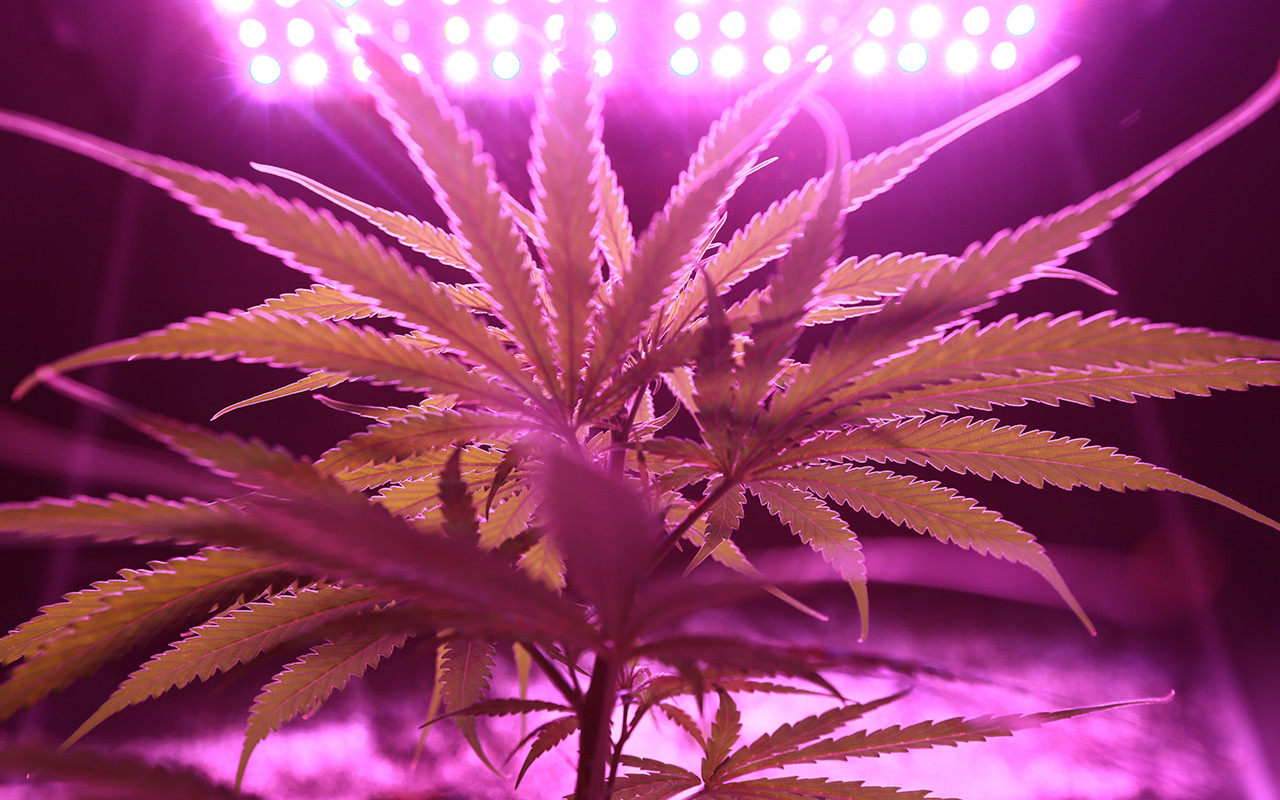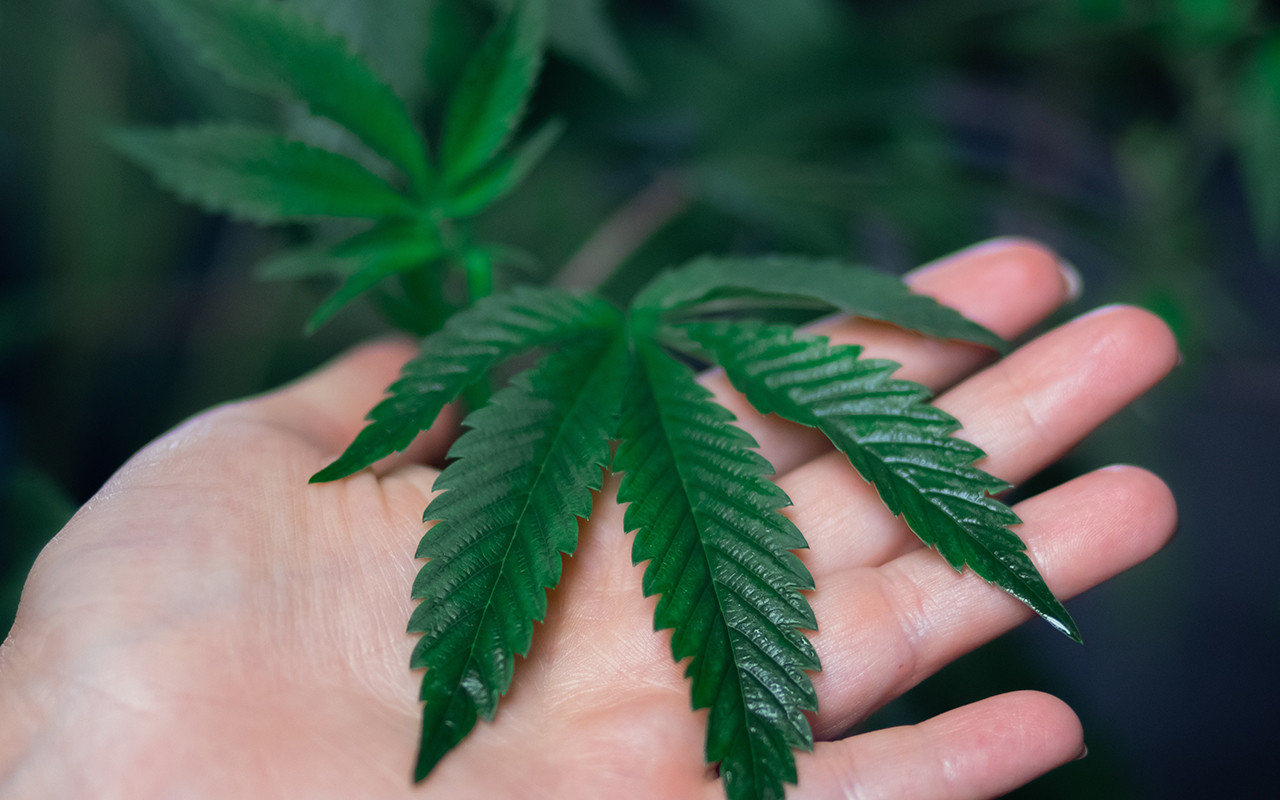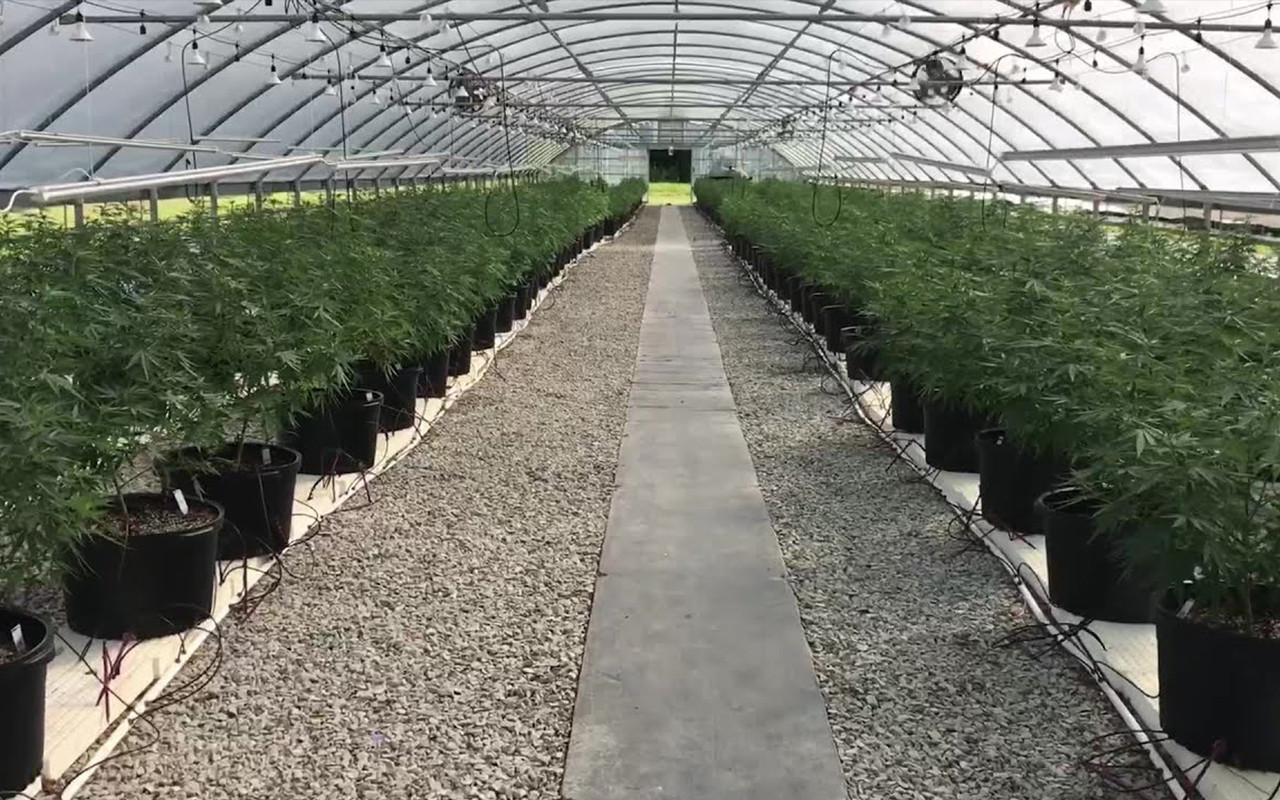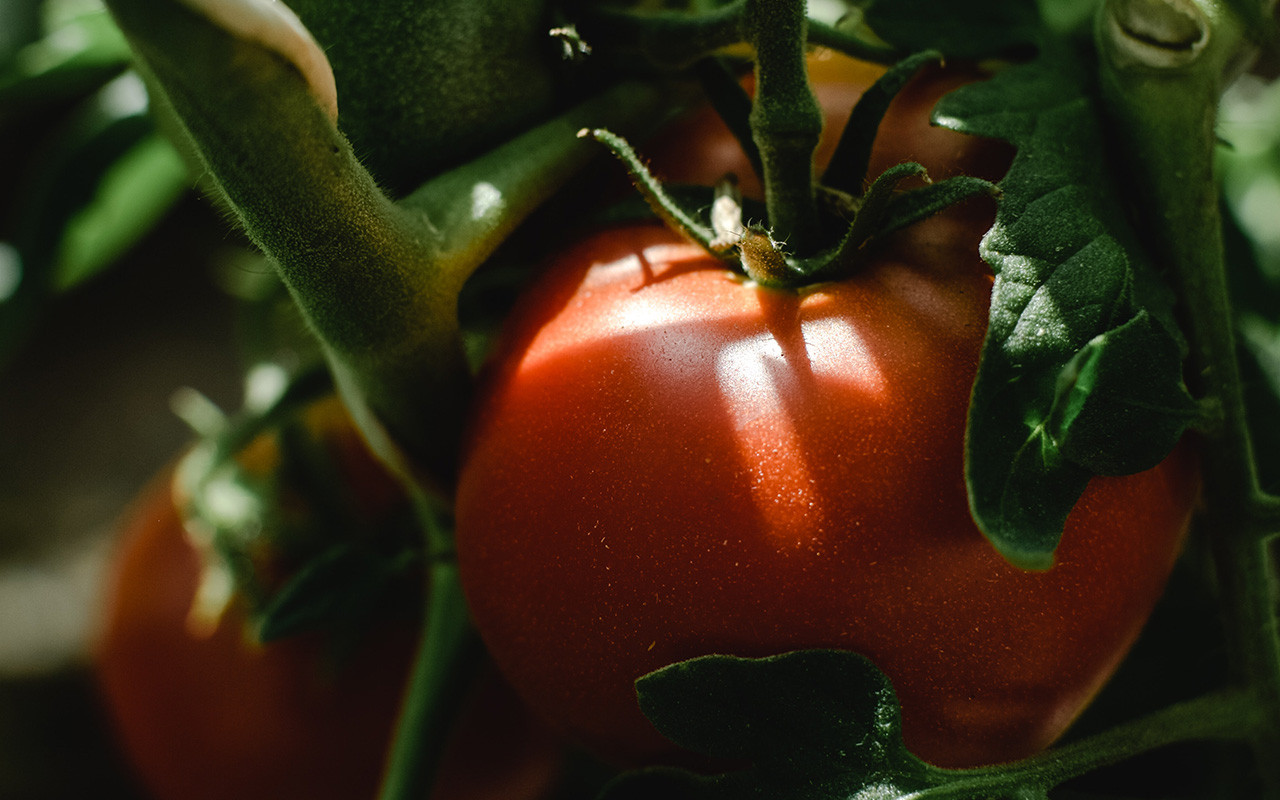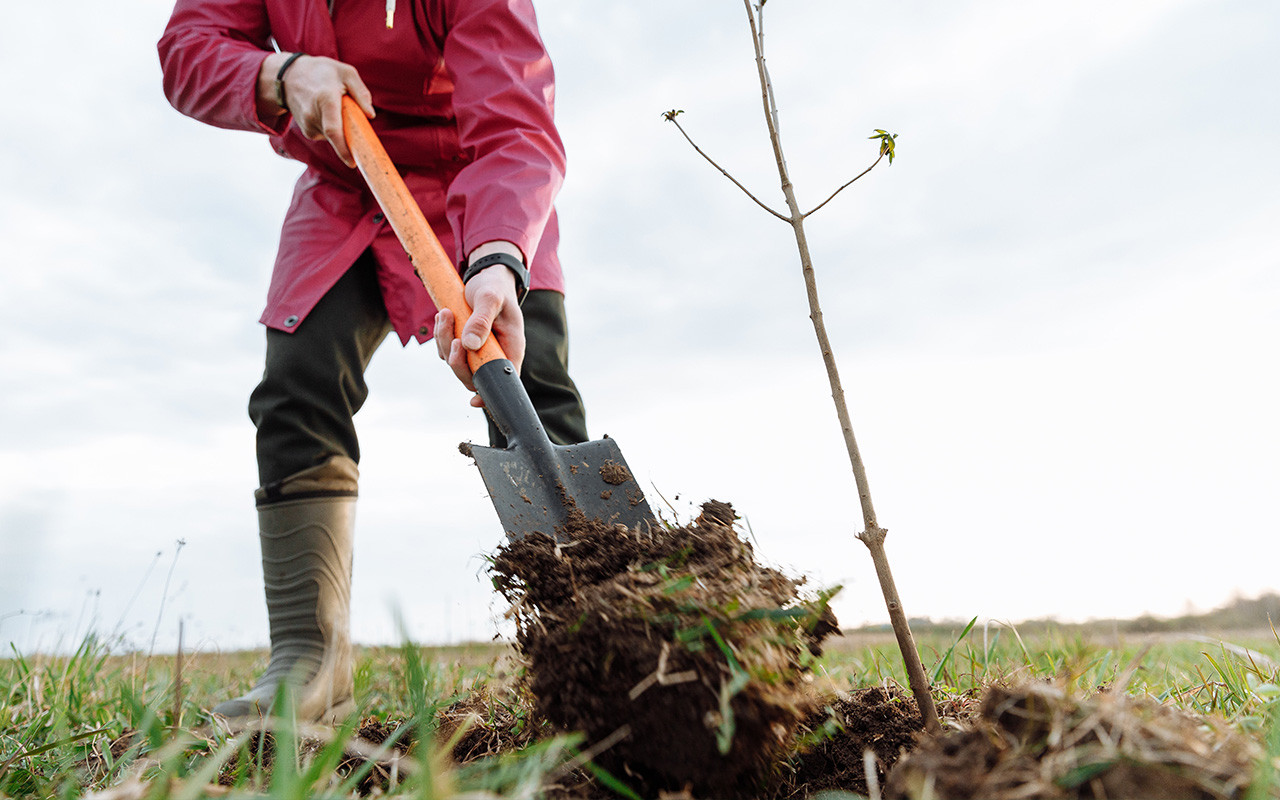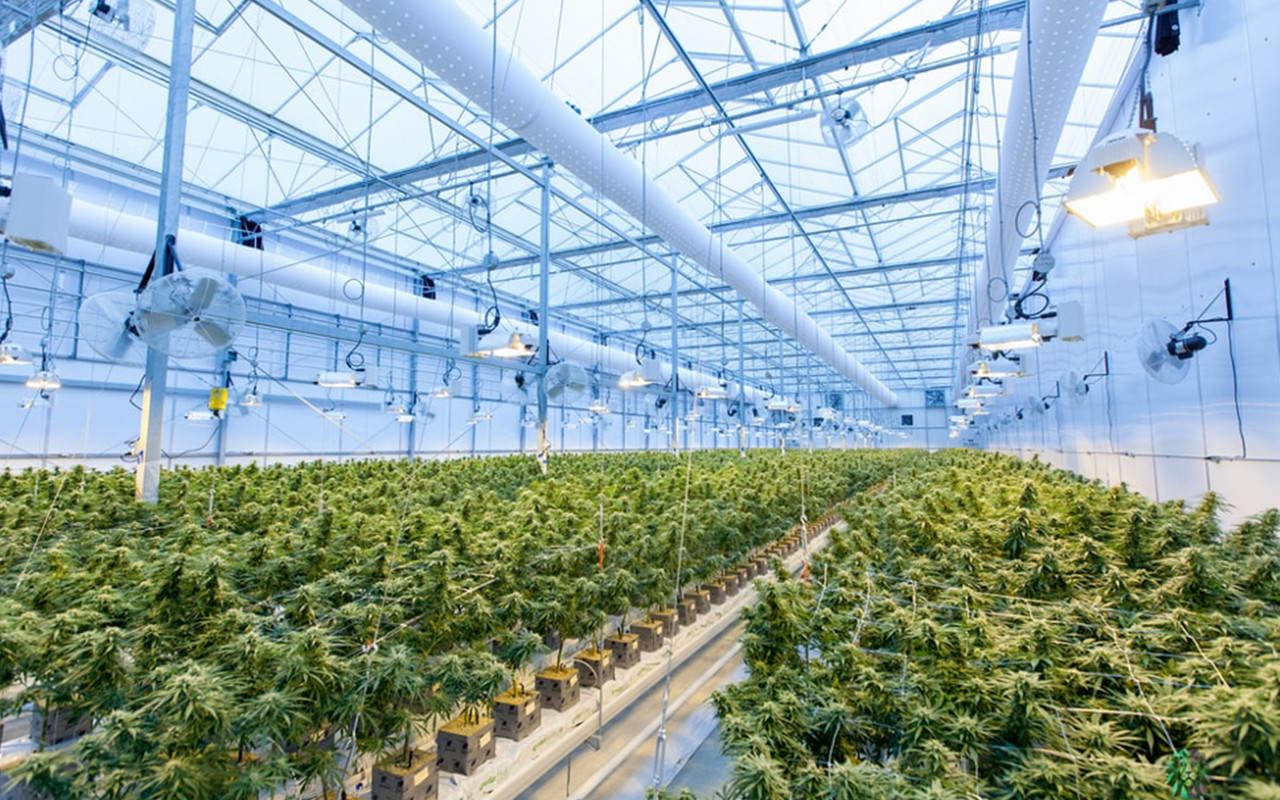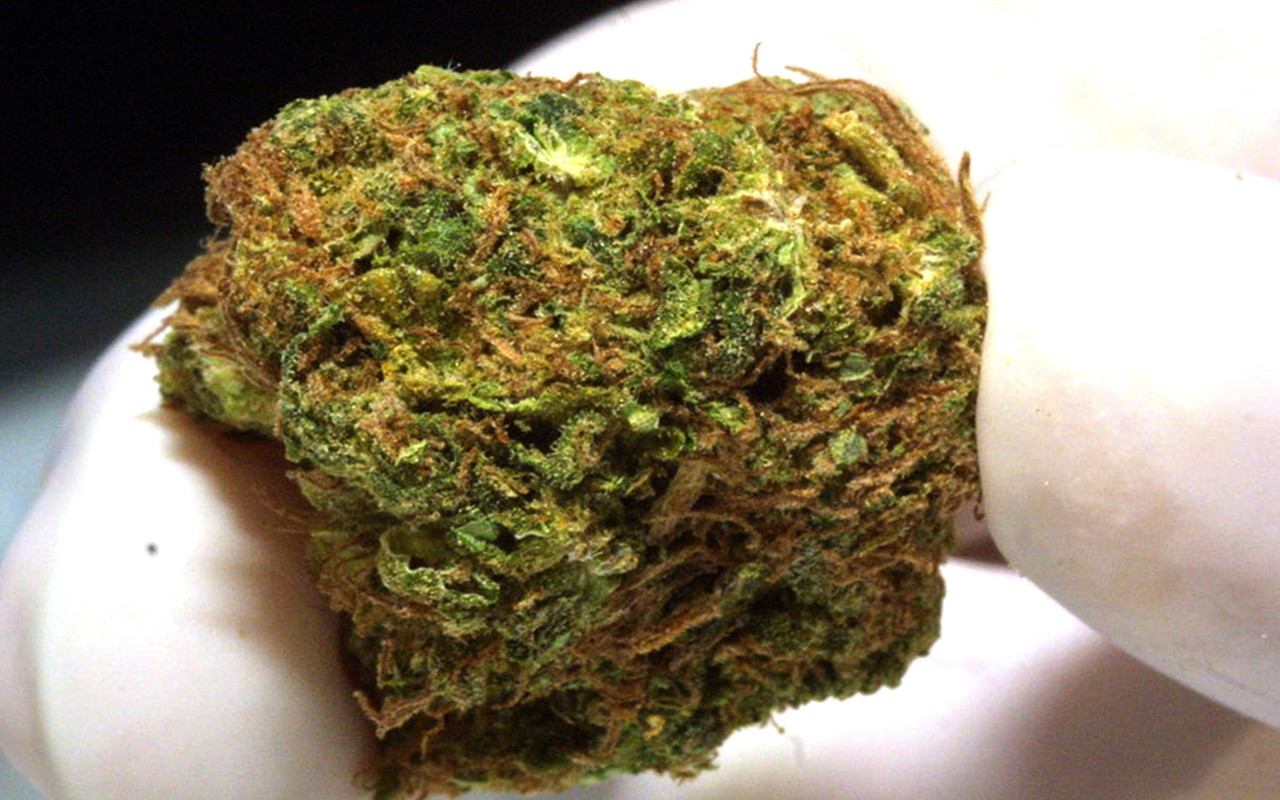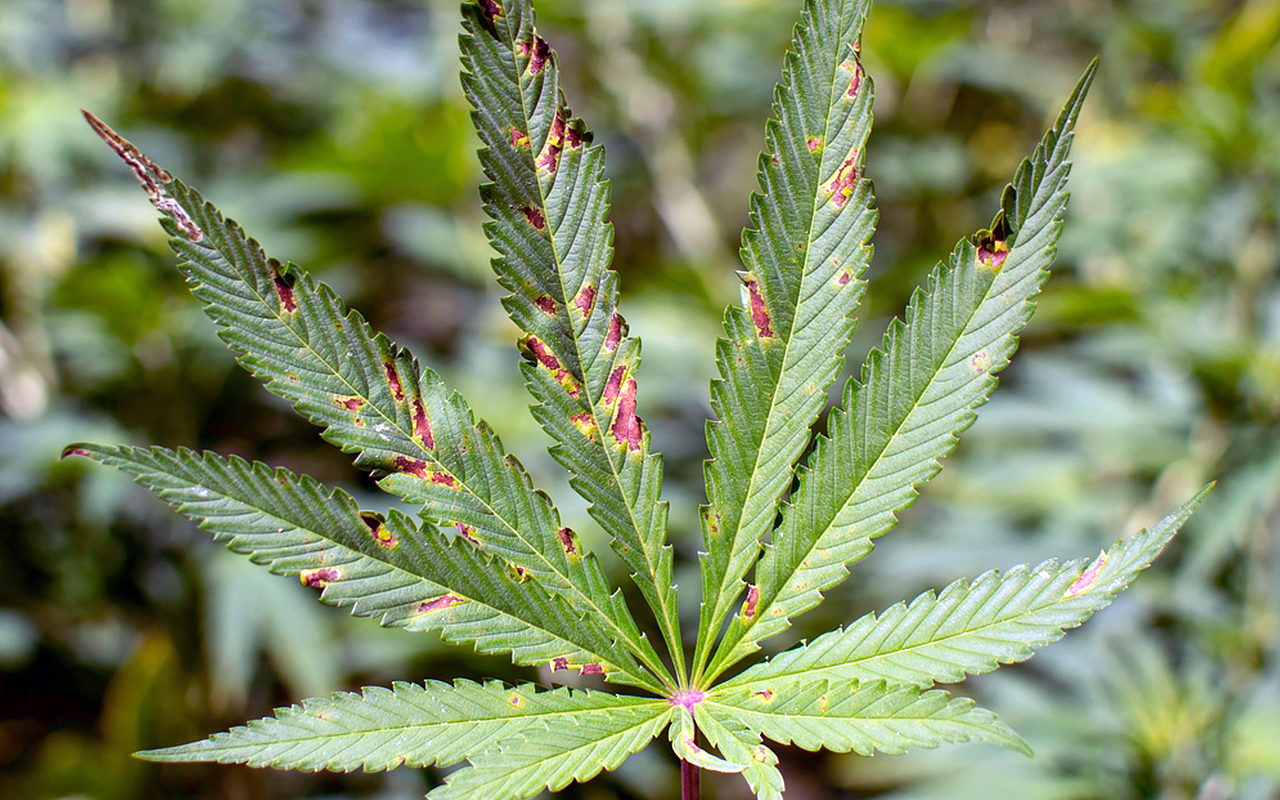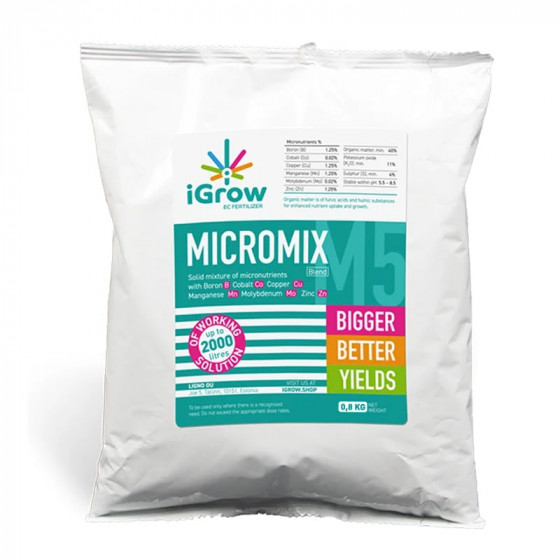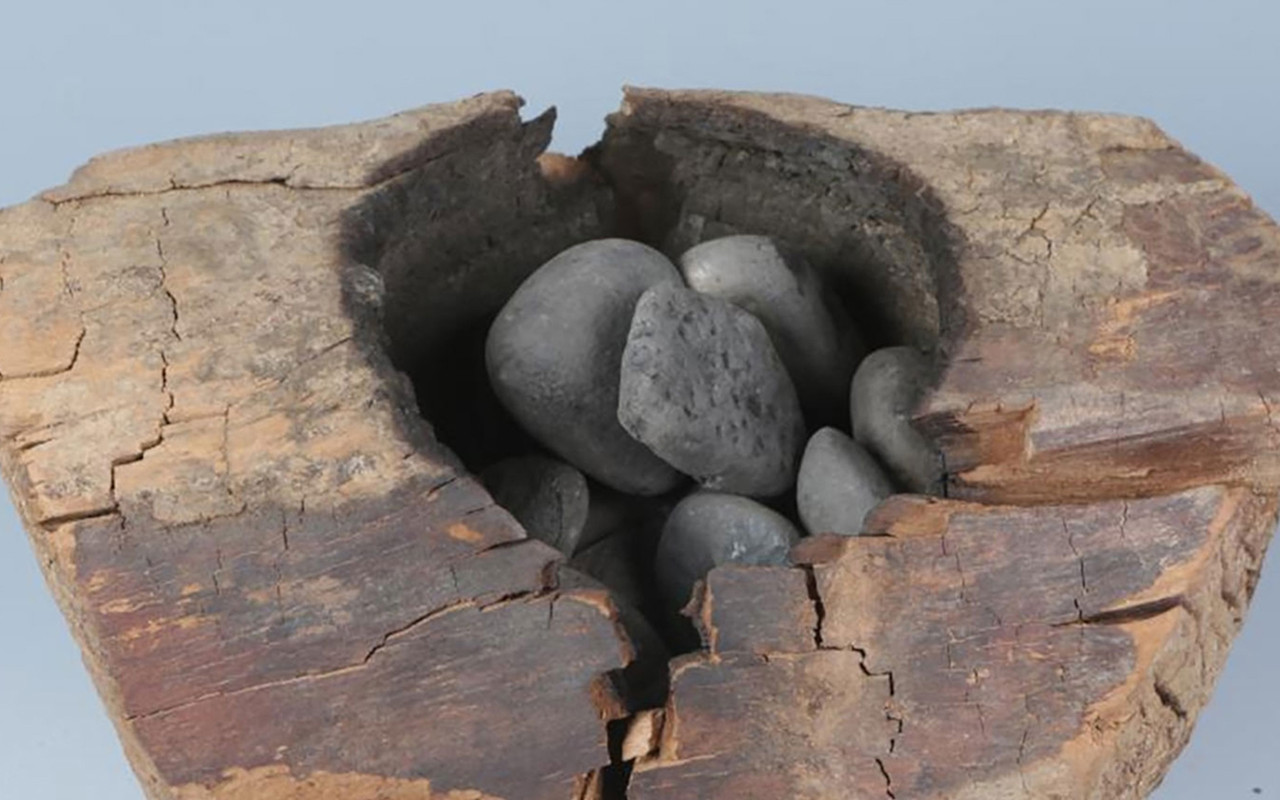
Cannabis | A Rocky History
In case you haven’t guessed it already, we’re going to talk about the (rather tumultous) history of cannabis, but you may know it by one of its other names; Ganja, Reefer, Marijuana, Dope, Pot, Grass and Weed (our personal favorite). To make things less confusing, let’s stick to the scientific name of the plant - Cannabis.
Cannabis refers to a group of three plants that contain psychoactive properties, which are; Cannabis ruderalis, Cannabis Indica and Cannabis Sativa (hemp). Once the flowers and other parts of these plants are harvested, you get the most commonly used drug in the world, which also happens to be legal in many countries, and many states within the US.
Cannabis is considered to be a drug that is used to bring on a psychoactive effect, also known as a “high.” Commonly smoked, but it can also be brewed as a tea or eaten as an edible. There is also a growing number of companies that include cannabis extracts in tinctures, oils and skincare products. Cannabis is mostly used to induce a relaxing effect, which is why it is a popular recreational drug. However, cannabis is also known to have certain medicinal properties as well. For instance, it is commonly prescribed as a treatment for glaucoma and inflammation, as well as stress and anxiety. In fact, studies are currently underway to find other possible medical properties of cannabis.
Cannabis is made up of around 120 components, commonly referred to as cannabinoids. While many studies are being conducted on these cannabinoids, and experts still don’t know how each one of these cannabinoids work once ingested, they have managed to gain an understanding of two of the main cannabinoids, known as, Cannabidiol (CBD) and Tetrahydrocannabinol (THC).
Because of this and some of its more popular medical properties, such as, its effectiveness against chronic pain and poor appetite, it was removed from the US FDA’s controlled substances list after the passing of the 2018 Farm Bill. This officially legalized the use of cannabis in the United States, albeit the choice was ultimately given to individual states to come up with their own policies regarding the production, harvesting, and usage of cannabis.
As a result of the 2018 Farm Bill, up to 18 states, along with Washington, DC, have legalized the use of cannabis for adults over 21 years of age, while in 38 states cannabis has been legalized only for medical use. In short, it is safe to say that the vast majority of citizens living in the US do have access to cannabis, either for medical or recreational use. This puts the US at par with other countries where the use of cannabis has been legalized in one form or the other, such as, Canada, South Africa, Spain and the Czech Republic.
For now, using cannabis as an edible, beverage or in extract form has been found to have positive effects such as, increasing focus and creativity, increasing appetite, improving relaxation, decreasing pain and inflammation. It is expected that with more research into the uses of cannabis, other states in the US will also eventually fall in line and legalize it for either recreational or medical use (or both) in their respective states. But things weren’t always as smooth for cannabis as it is today.
The Colonial Era
The relationship between cannabis and the US dates back to the Colonial Era. At first, growing hemp was encouraged by the government for the production of rope and ship sails, and domestic production of cannabis flourished even after the Civil War, before being replaced by the imported variety. By the late 19th century, cannabis was an active ingredient that could be found in many medications and was openly prescribed by doctors and sold at pharmacies across the US.
The Mexican Revolution (1910)
The Mexican Revolution of 1910 saw thousands of immigrants flooding across to the US, and many of them brought marijuana or cannabis. This led to the drug being associated with Mexican immigrants, and later on the prejudice that was experienced by the Mexican community as a whole. At the time, anti-drug campaigners would warn Americans of the growing “Marijuana Menace” which was sweeping across the US. This fear and escalation grew during the time of the Great Depression when there was massive unemployment and growing concerns of the government of the potential problems that cannabis use could create. During that same time, Harry Anslinger, commissioner of the Federal Bureau of Narcotics started campaigning for the criminalization of marijuana, claiming that it led to insanity. While the Marijuana Tax Act was still a few years away, using marijuana in any way was outlawed in 29 states across the US by 1931.
The Marijuana Tax Act (1937)
Just one year before the movie ‘Reefer Madness’ was released the US government prohibited the sale and use of cannabis with the passing of the Marijuana Refining Tax Act of 1937. This prohibited the use of cannabis in any form, including its farming, harvesting and usage with heavy taxes that were levied on the sale, possession or procurement of hemp in the US. The first cannabis-related arrest on US soil occurred on October 1937, when a farmer named Samuel Caldwell was caught trying to sell marijuana in the city.
War on Drugs
In 1942 cannabis was removed from the U.S. Pharmacopoeia and doctors started discrediting its use. By the 1950s, the federal government enacted mandatory sentences for all drug-related offenses, which also included the growing or usage of cannabis. The Boggs Act passed called for stricter punishment for offences involving cannabis along with several other drugs.
However, these laws grew weaker during the roaring 60s, when the US went through a significant shift in its cultural climate, which led to more laws regarding cannabis use to be more lenient. During that time, detailed reports were commissioned by President Kennedy that found that the use of cannabis was in no way responsible for the violence that it had been previously linked with. The Johnson Commission also found that using cannabis was not a gateway drug, as in, using cannabis would not lead to using other heavier drugs such as, cocaine or heroin.
This led to cannabis gaining even more popularity among those who were part of the counterculture and the hippy movement, who considered cannabis harmless. During this time, cannabis use became popular amongst college students and those who were anti-war and free spirited. During this time the number of arrests also increased ten-fold with the authorities cracking down on the usage and distribution of cannabis.
In 1970, the US Congress repealed many of the cannabis-related penalties that were first deemed mandatory for drug offenses. By 1972, the Shafer Commission appointed by President Nixon moved to consider new laws that would decriminalize cannabis use in the country, which was opposed and rejected by President Nixon. Subsequently, cannabis use was decriminalized in many states, which included the states of Maine, Alaska and Oregon despite the government’s efforts to tighten restrictions around cannabis-related offences.
It was during this time that cannabis farmers and consumers found themselves in the crosshairs of President Nixon’s War on Drugs, which spearheaded an international movement to prohibit the farming of cannabis throughout the world. But, the negativity that cannabis faced during the US-led War on Drugs was not the first time Cannabis came under the axe. This was a sea change from the government’s past stance, especially during World War II, where the government launched the “Hemp for Victory” campaign which was under the US Department of Agriculture and used 375,000 acres to grow hemp for the production of parachutes and marine cordage.
By 1976, the Parents Movement grew momentum as more and more parents feared for their children and the growing use of cannabis. The Parents Movement was supported by the National Institute of Drug Abuse and the Drug Enforcement Administration and was in many ways successful in turning public opinions once again towards the negative implications of cannabis use.
The Anti-Drug Abuse Act
In 1982, the First Lady Nancy Reagan began her “Just Say No” campaign and a year later police officers were called to schools to talk about the dangers of drug use to kids under the Drug Abuse Resistance Education (DARE) program. However, the funds were cut later on as more and more research was piling up on the fact that the program was doing little to keep youth from using drugs.
This led to President Ronald Reagan signing the Anti-Drug Abuse Act in 1986, which once again strengthened the laws revolving around cannabis use and along with it, raised the punishments by creating mandatory sentences for all drug-related crimes. The main issue with this law was that it meant those who are caught in drug-related crimes would be given the same sentence regardless of whether it involved the use of heroine, cocaine or cannabis. In 1986, then president George H.W. Bush began the new ‘War on Drugs’ campaign which continued with strict policies for cannabis use.
But, it was not until 90s, when voters in the state of California approved of Proposition 215 to legalize the medical use of cannabis in the state that people started to rethink their stance towards cannabis use. By the late 90s, President Clinton spend up to $25 million running anti-drug campaigns during prime time TV, but that did little to turn the minds of the masses who were once again growing privy to the medicinal benefits of cannabis.
Cannabis Today
The 2018 Farm Bill may have legalized cannabis by removing it from the list of schedule one substances, but cannabis is still considered illegal in many states since they get to pass their own cannabis laws. That being said, in the US, cannabis laws continue to evolve, with many states now permitting the sale of cannabis for medical use with a prescription. Additionally, there are two medications that are available in the market tha are FDA approved and contain synthetic cannabinids for the treatment of neuropathic pain. There is a lot of research being done on finding out other possible benefits of cannabis use, and there are other drugs that are currently undergoing clinical trials for cancer-related pain and seizures in children which should be available in the market soon.
While many states have been quick to jump the bandwagon and legalize cannabis for medicinal use, there is still some hesitation regarding local governments and the recreational use of cannabis. However, in 2014, the state of Colorado became the first state to fully legalize cannabis for recreational use. As of July 2021, 18 states and Washington D.C. have legalized cannabis for recreational use.
Ending Note
Our cannabis farming ancestors could have written down the cannabis prohibition playbook based off experience that whenever prohibitions relating to cannabis occur, they do so in predictable ways. Some examples of this can be taken from the past when cannabis was linked to violence and depravity (the European Temperance Movement) or physical violence to persecute cannabis farmers (like the Ottoman Empire did against Egypt), or with the portrayal of cannabis as anti-religious or something devilish (Pope Innocent VIII in Europe, Muslims in the Middle East, etc.,).
That being said, while cannabis has been faced with many prohibitionists in the past there are also many regions of the world where cannabis has been tolerated and even embraced by local cultures who have used the plant in their celebrations and shamanic rituals. The ancient Chinese were the first to farm cannabis, and the first to write about its psychoactive effects, but the truth is that cannabis enjoys a rich and extensive history which dates back thousands of years. This was discovered when a group of archaeologists found cannabis stems and seeds in burial sites around Eurasia. In the US, recreational cannabis legalization is eking out victories at a snail's pace, but polls show that most Americans favor legalization.







